-
Posts
177 -
Joined
-
Last visited
Content Type
Forums
Detector Prospector Home
Detector Database
Downloads
Posts posted by Skookum
-
-
Any idea how Nevada compares to Arizona (in general)?
-
I imagine I may never, again, as well!
-
I haven’t even looked at the GP Extreme. I’ll have to read up on it. Thanks for the tip.
-
6 hours ago, Noah (FL) said:
There was a GPZ on eBay for bid that had a pic that said email/message and buy it for $2k. The listing was gone in two days. Seemed like a potential counterfeit unit. Someone always seemed to bite on those “to good to be true” deals!
Funny you mentioned that. I messaged that seller and asked him if he was selling it for so low because it was counterfeit. He never responded. ?
-
Thanks for the response. I’ve been wondering how Arizona compares to elsewhere. We don't have crazy red dirt all over here like I see in some photos of Australia, but it seems we have a lot of hot rocks. Anybody here with experience in Arizona vs. other states?
-
Thanks. I did some minor cleaning to the Barber. The Franklin and the Mercury didn't need anything!
-
Looks like citrine in a sterling band? Nice job.
-
Thankfully, we made it to the mountains. Maybe I would have died in the heat if I tried doing that here in the Valley.
-
I've found that works really well for cruddy coins, as well. I wanted to baby this one, so I brought it home dirty and put it in the sonicator.
-
Not too shabby for an Arizona weekend. (We don’t have the old stuff you others have got in the ground.) Three straight days of detecting yields an 1898 Barber Quarter, 1945 Mercury dime, 1951 Franklin 50 cent piece, Utah state tax token, 13 Wheat pennies, some other trinkets, and a 14k gold/platinum setting diamond ring. Not shown here was also a serial number stamped on a plaque from an 1880s sewing machine and a whole pile of other junk. I’m most excited about the Barber and the 50 cent silver. The quarter was about 6-7 inches down and on edge. It sounded good both ways, but swinging inconsistent numbers on the Equinox 800 in Field 1 with the 15 inch coil. I surmise the yard had been cleaned out before even though the owner thought it had not. That was one of it’s only few coins in 8 hours of detecting it—and the yard was massive. Conversely, the Merc., Franklin, and most of the Wheats came from the another small 8’ by 16 ‘ front yard that took only a couple of hours to detect. The diamond ring came from the old school house. Left by someone else unwilling to dig a repeatable number 12 target. Can’t wait to do it again, but going to need some muscle recovery time from all those lunges and precision digging.
-
I’m curious to how you all see the mineralization of the soils you detect compared to other locations. Our soil here in central Arizona seems to be fairly mineralized. But, we haven’t been detecting anywhere out of state to let us effectively compare. Here’s a USGS map showing relative iron concentration in US soils. There appears to be heavy iron concentrations in the Pacific Northwest. Does this reflect your experience on the ground? If so, has this affected what you choose to swing? If not, how do you think your soil compares to elsewhere?
-
-
Cell phones are fun to image too, but aren't really relative here. I thought of posting a picture of my foot here that I took on Monday after stubbing my toe on the way to prospecting, but again, probably doesn't fit the topic well enough. Fun roentgenograms you have to show here. ?
-
I appreciate the opinions. From scouring forum discussions and detecting classifieds, it seems the prices for used GPZs can be in the mid to upper $4000s, even for one in "excellent condition".
A thread in this forum from early 2017 suggested a ball park used price of $6k. That was 2 years ago and maybe not long enough after the 2016 price drop to see it pull down used detector costs.
Based on current eBay listings, it looks like people want more! Three of the recent listings "sold" for $6400+ . Out of skepticism I messaged the sellers. They each said they still had the detector due to non-paying bidders. There was a pair of GPZs that sold for $3300 each out of Russia. ;)
Any recollections of recent sales by those who have been around here for a while? Unfortunately, there isn't any history of them in the classifieds here to get an idea.
-
-
Points taken. It’s funny how choosing and purchasing a detector is a lot harder than other albeit more expensive necessities of life.
-
Yes. Both happy and lucky. The lucky part is the local detector salesman said you'll probably detect a whole 5 gallon bucket of metal trash before you find your first nugget. It was more like 1 cup of trash in exchange for the first 5 nuggets. I'm sure that means I'll be working on filling that bucket for quite some time.
-
Alright, I know nobody really knows the answer to when there will be a GPZ successor. Because of that, I'm just pinging for some opinions. We are currently a VLF only family that's interested in a detector that reduces some of the hot rock music we listen to here in Arizona. If you were in the market and didn't have a PI detector would you: A) get a used GPZ for $4500-5000 or B) wait and see what comes out over the next one to several years (depending on what rumors you believe)? And, a here's bonus follow up question. Does anybody have a guess what happens to used GPZ prices after the next model appears?
-
Thanks for the helpful information, all. Your comments have opened my mind to what should have been more obvious to me. I’m baffled why I didn’t think of digging out those mud spots. It may have been that I thought that digging deeper would have just gotten wetter and louder. But, it sounds like that is actually what would have happened if there was a target—not mineralized clay. How ironic. Thank goodness curiosity got me thinking about rechecking those holes.
-
Those are really helpful comments.
Yes, the clays did get quieter as they dried out more. But, now that I think of it, even the completely dry clay still had a hot response. And, now that you mention it, further upstream where the spring originates there are surface salt crystals in abundance.
So, with what you’ve shared, it was likely a little bit of everything—salt, water, mineralization, and using a VLF.
Do you find that PIs still struggle with those ingredients? I know enough to say that hot rocks should be less of a nuisance, but what about a salty mud pie?
-
Good evening,
I’m venturing into the spotlight here with my first post to ask what likely amounts to a novice’s question.
It stems from an experience I had about a year ago with finding my largest nugget. The location was in a small creek bed, which had been conveniently cleared of cobbles and overburden down to a small patch of bedrock surrounded by smooth, silty clay by a dredger.
Using a GM 1000, I had detected out several small nuggets from within the bedrock cracks that had been exposed, but not properly crevassed by the prior prospector. However, the thick clay surrounding the exposed bedrock had pockets of varying degrees of moisture.
This was providing me a bit of challenge since the wetter spots seemed to be behaving just like hot spots. After an extended wrestling match with the wetter signals and the available settings, I gave up.
However, by the time the next weekend came around, I just couldn’t get those wet spots out of my mind. With the heat of the summer and record drought conditions, I guessed those spots may have dried just enough to deserve one final pass.
Within minutes of returning, I had found a solid, repeatable, 2 bar non-ferrous signal in the deepest clay pocket on the upstream side of the rock. (This exact spot had seemed masked the week before.) Digging 4-5 inches down into the smooth clay I found a “rock” that made my detector sing. Cleaning it off revealed a beautiful 1/3 ozt. nugget. Call it beginner’s luck—because I do.
Now for my question. Were those wet spots of clay giving me fits because of greater relative mineralization, heterogeneity of moisture, or VLF technology? Perhaps it was some of each?
Part of my curiosity stems from never having used a PI detector. For those of you with plenty of PI experience, do you also struggle with wet spots or mud spots for lack of a better term? And, if so, are certain PI detectors more resistant to the struggle?
Thanks for any input you might spare.
-
Garikfox, I've been out to these claims several times for dry washing and have attempted some detecting. You can imagine from the color on the sat. map there are a whole host of hot rocks waiting to be found. It's definitely hot, dry, and desolate. I spent my first summer with a detector learning exactly how much heat can be tolerated by a combination of gold fever and the Sonoran Desert. This time of year is much more pleasurable searching out some morning hours in the north country. Good luck!
-
Welcome from a "lurker" status member--if that's a possibility! Nice to see a fellow Roadrunner here.



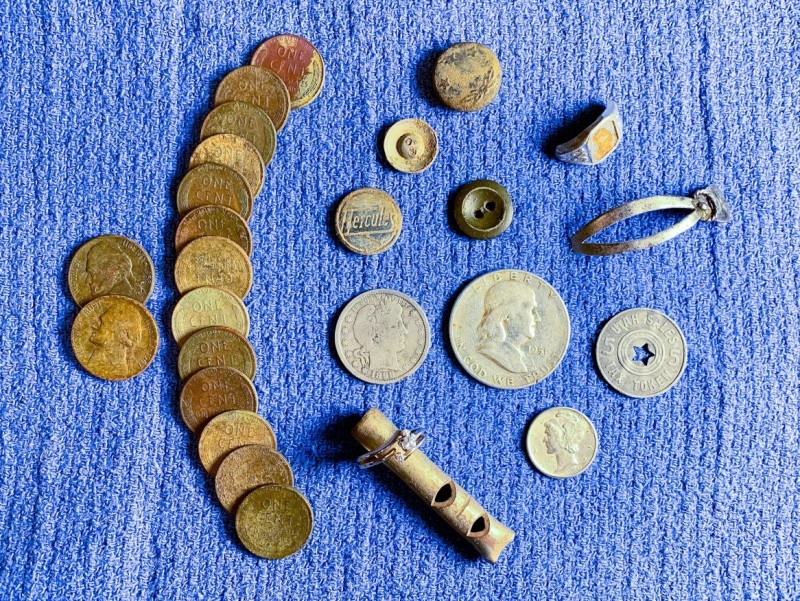
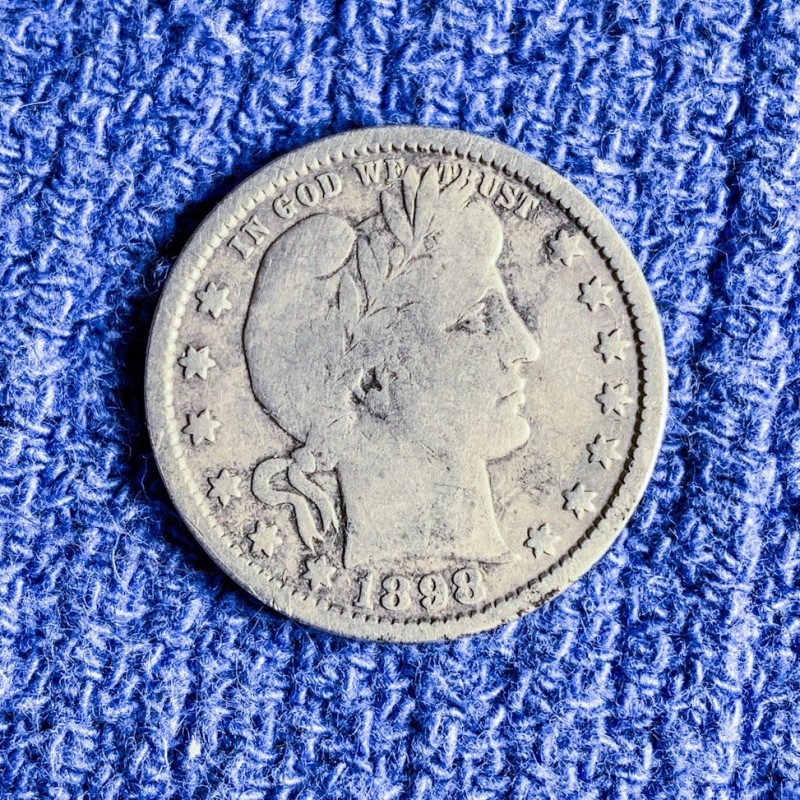
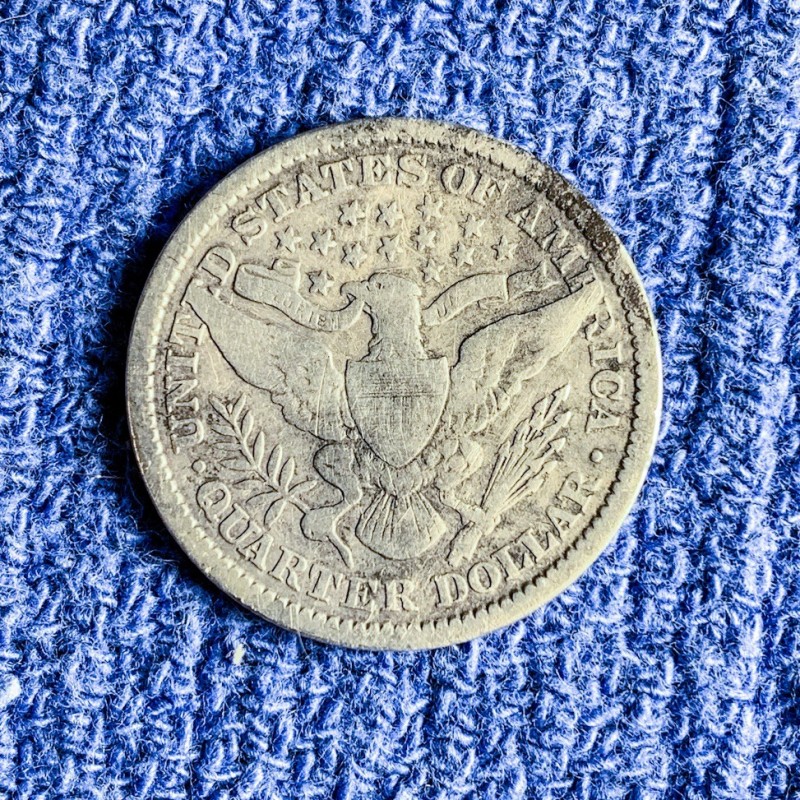
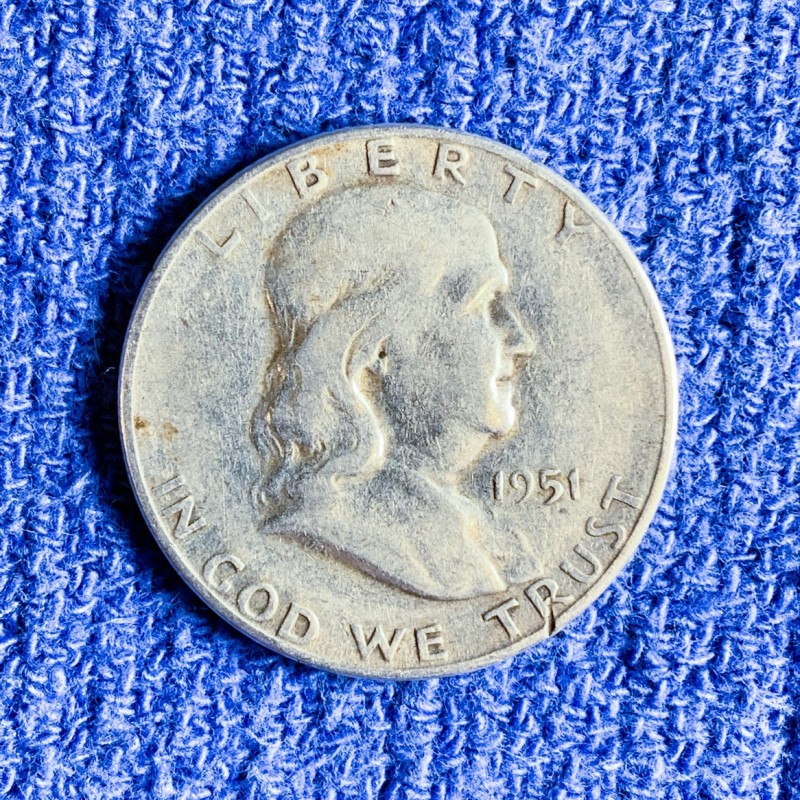
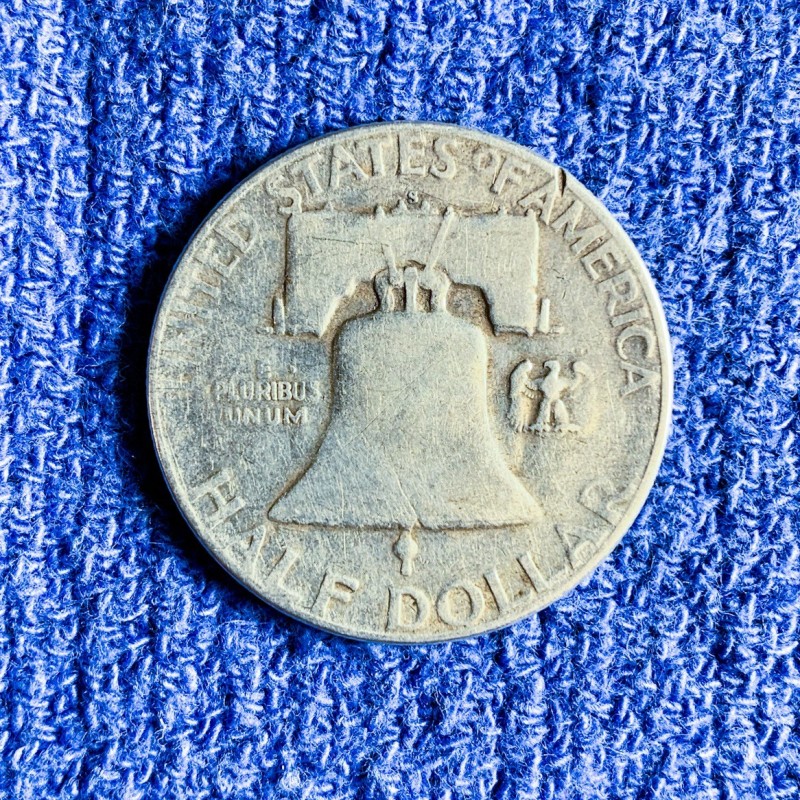
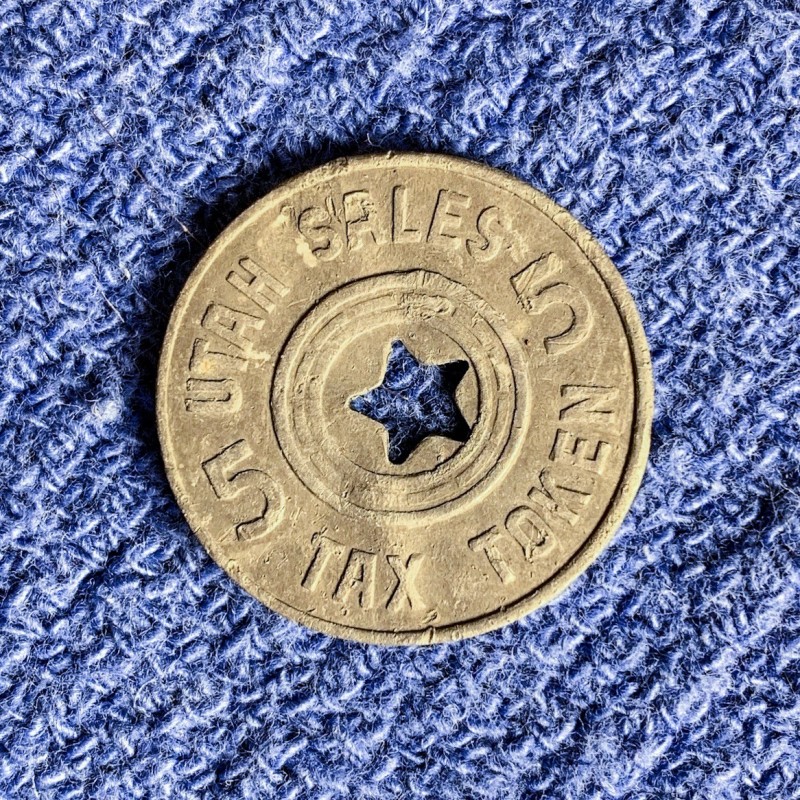
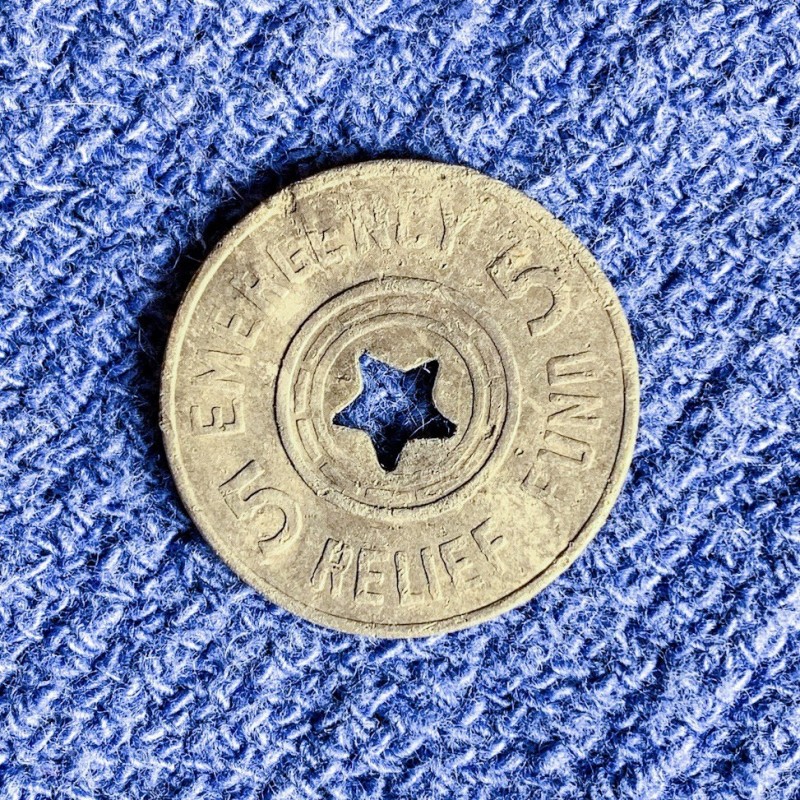
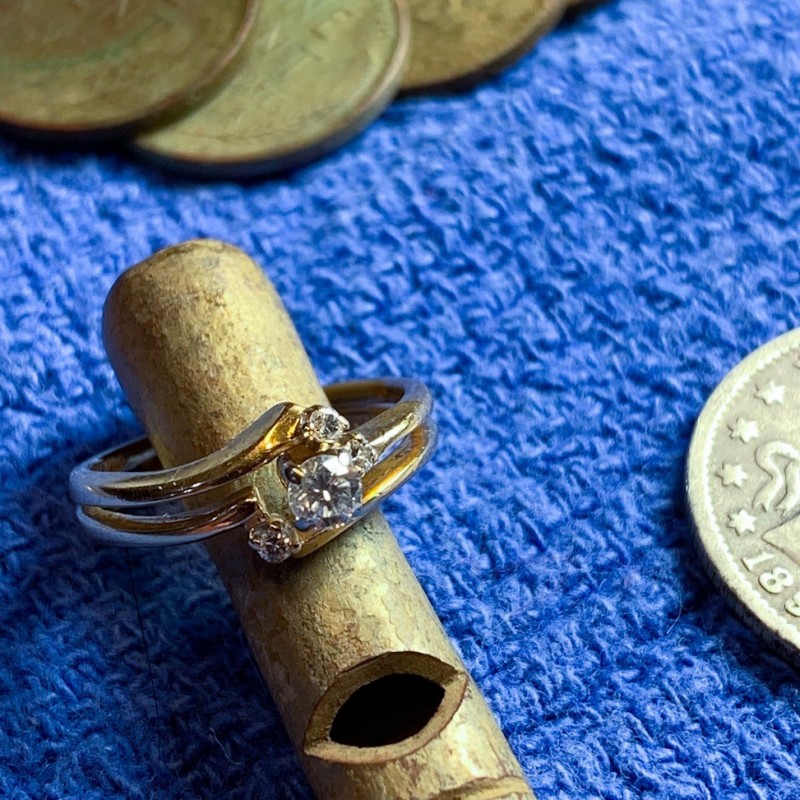
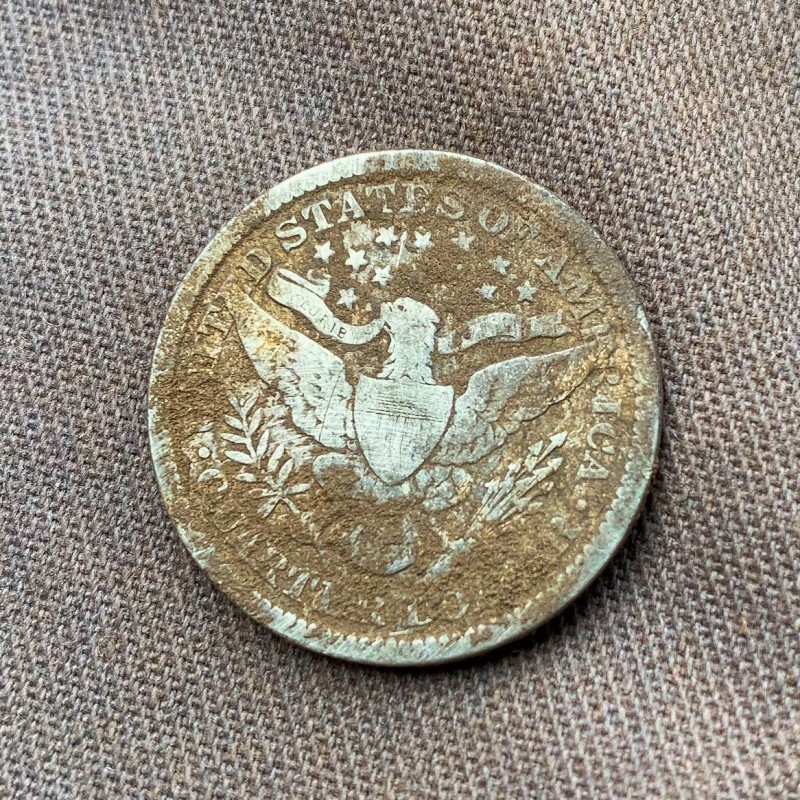
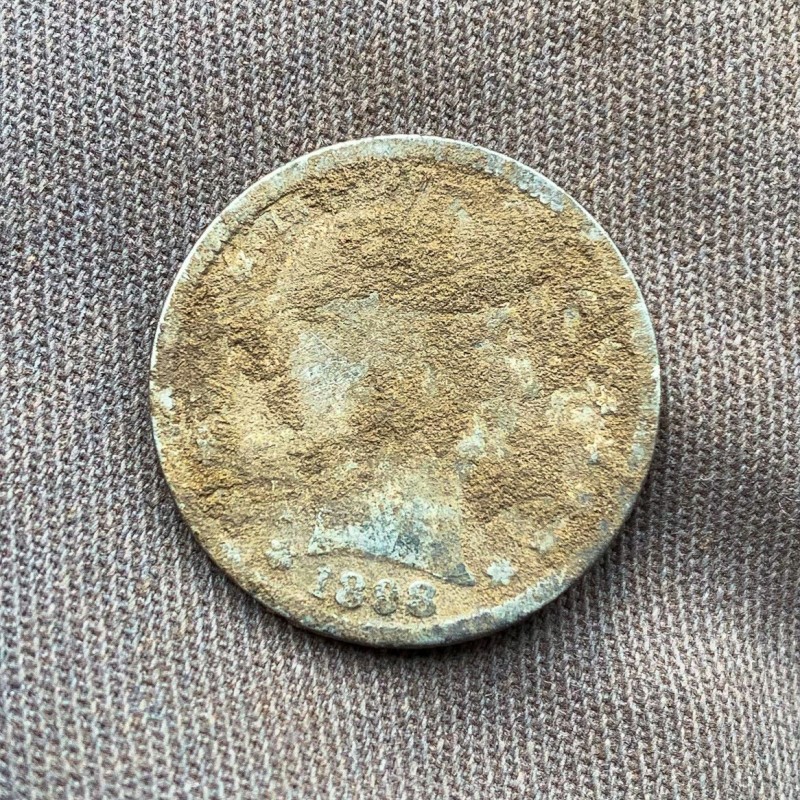
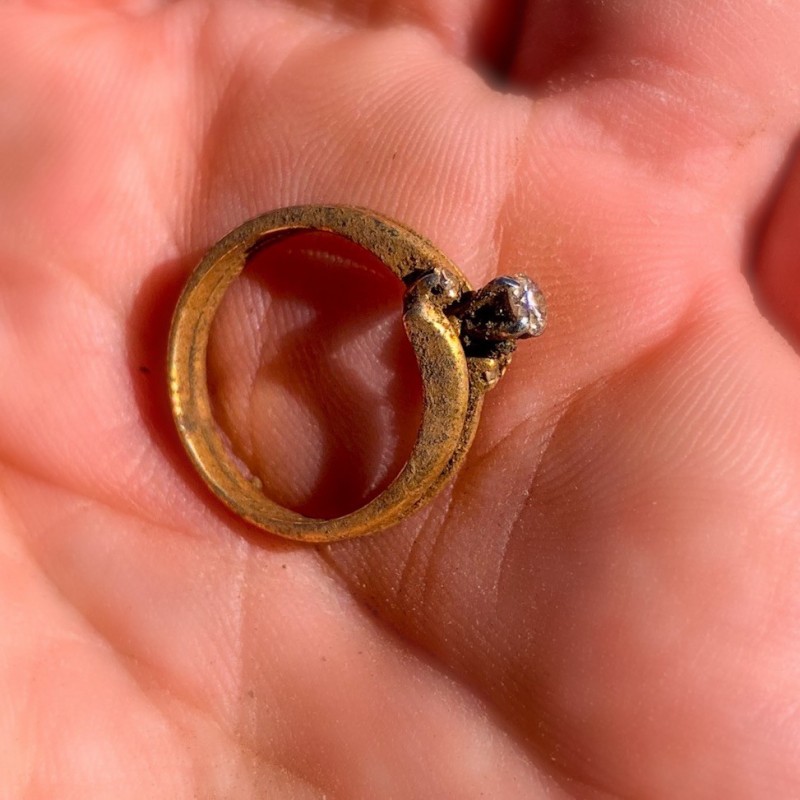
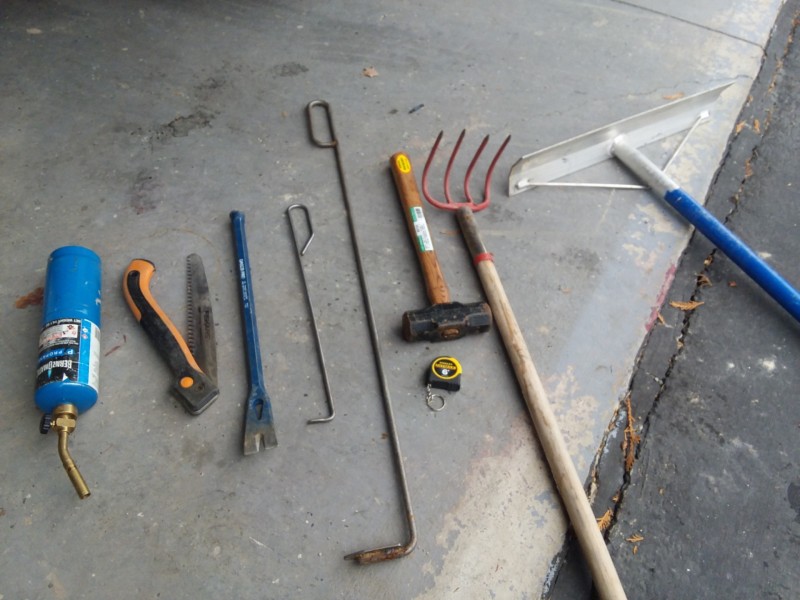
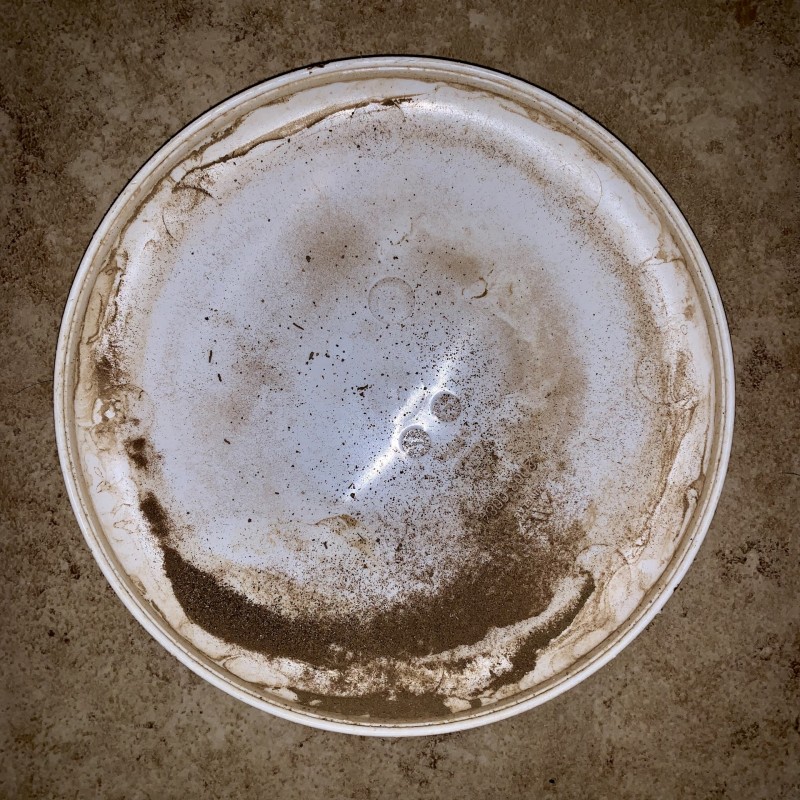
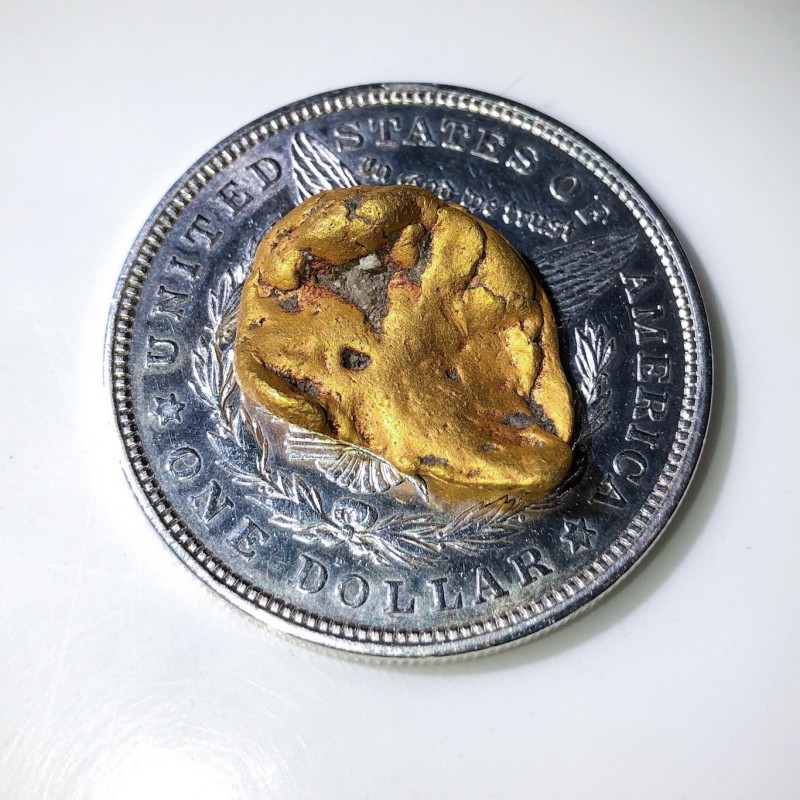
Minelab Treasure Talk, 7/23/19, Re: Coils
in Minelab Metal Detectors
Posted
https://www.minelab.com/usa/community/treasure-talk/a-crash-course-in-everything-coils
While there is nothing revelatory written here, does anyone else find it interesting to see them posting this topic at this time? With all of the recent aftermarket coil discussions filling these forums for both the SDC and GPZ, it makes one wonder if they are just trying to be relevant or have a plan to change things up. It’s speculation. But, the timing is interesting.
It must be uncomfortable seeing another company modify your product for a profit. There’s also probably a good reason they haven’t released alternative coil options to date. Hopefully, nothing of lower quality gets released in haste.